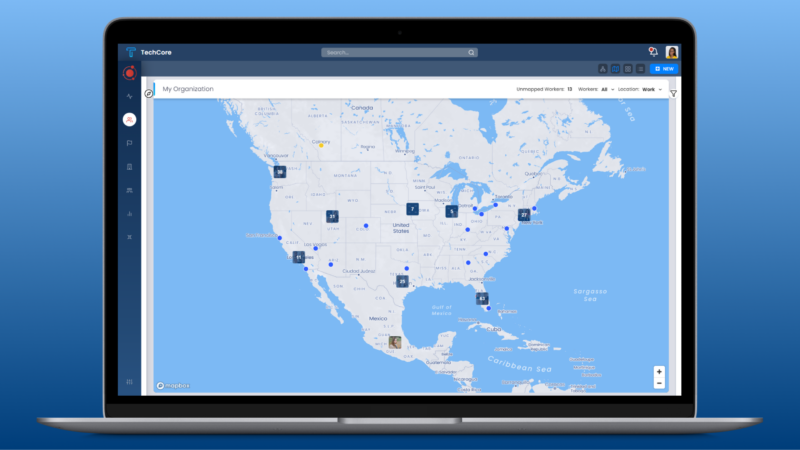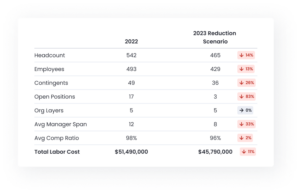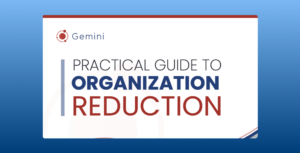How Automated Systems and Data Can Help with Acquisitions and Mergers
When your company goes through an acquisition, it can be a hectic time. Not only do you have to worry about integrating the new company into your organization, but you also must figure out how the new company is going to fit into your existing structure. This can be a challenge, especially if the two companies are vastly different in size or scope.
In this blog post, we will discuss how automated systems and data can help with an acquisition and streamline the process.
Considerations
When you are looking at organizational structures, there are a few things you need to consider. The first is the size of the organization. If you are acquiring a company that is much smaller than your own, it will be easier to integrate them into your existing structure. However, if the new company is larger or has a different scope, you may need to create a new organizational structure altogether.
Visualizing the entire combined organization is difficult because each company usually has their own HR systems in place. To make things easier, it is important to have a single, secure system in place that can handle all data from both companies in a secure way that enables sharing of sensitive information.
Visualizing the entire, combined landscape, prioritizing roles and functions and building the ideal organization structure without attaching employee names to roles will all help accelerate the integration plan and time to value of an acquisition.
Integration Team
Create an integration team that contains a sub-set of the c-suite and the heads of HR from both companies. After creating the integration team, the first step is to figure out the data sharing plan. You need to decide how information will be shared between the two companies and what the process will be for sharing sensitive employee data. By having a plan in place, you can avoid any potential problems down the line.
Data is critical when you are looking at an acquisition. Not only do you need to have employee salary and performance data from the new company, but you also need to have the same data from your own organization in a similar structure and format.
Key Role Prioritization by the Integration Team
Starting with prioritizing your key roles and functions allows you to be specific about the skills and experience needed to make your company a success.
This also allows you to build an organizational chart that reflects the optimal new company first, without the names in boxes. Building and agreeing on the ideal organization first will save time for potentially difficult future decisions.
Drafting Process Should Involve Management
Once you have built the ideal organization without names, you can then place potential people for those roles on the bench for evaluation.
You should consider involving management when it comes to identifying the talent you wish to keep, promote, or let go. This approach leverages the insight of those who work directly with these individuals and know their abilities.
By looking at combined people data with each manager and using their understanding to place people in an ideal, new organization, you will create a structure that will help the company thrive. We recommend that during the drafting process, managers place the top performers in the highest, prioritized roles first and then are unavailable for lower roles.
The result of this process should be three groups. The first is the highest performers that are placed in the highest priority positions, the second is priority positions that are open and the third is employees that do not match with an open position.
Difficult Decisions Will Need to be Made
This is where creating multiple scenarios is important. You may need to place lower performers or non-fitting employees in open positions to lessen chaos, for example. We highly recommend that you do not create positions that are not ideal for lower performers. These scenarios need to be shared, reviewed and iterated on for HR complications and decisions.
The goal of a successful transformation is to have as little disruption to the business as possible and to create an organization that will help the company succeed.
By using automated systems like Gemini and data, you can streamline the process of acquisition and make it easier for everyone involved.





